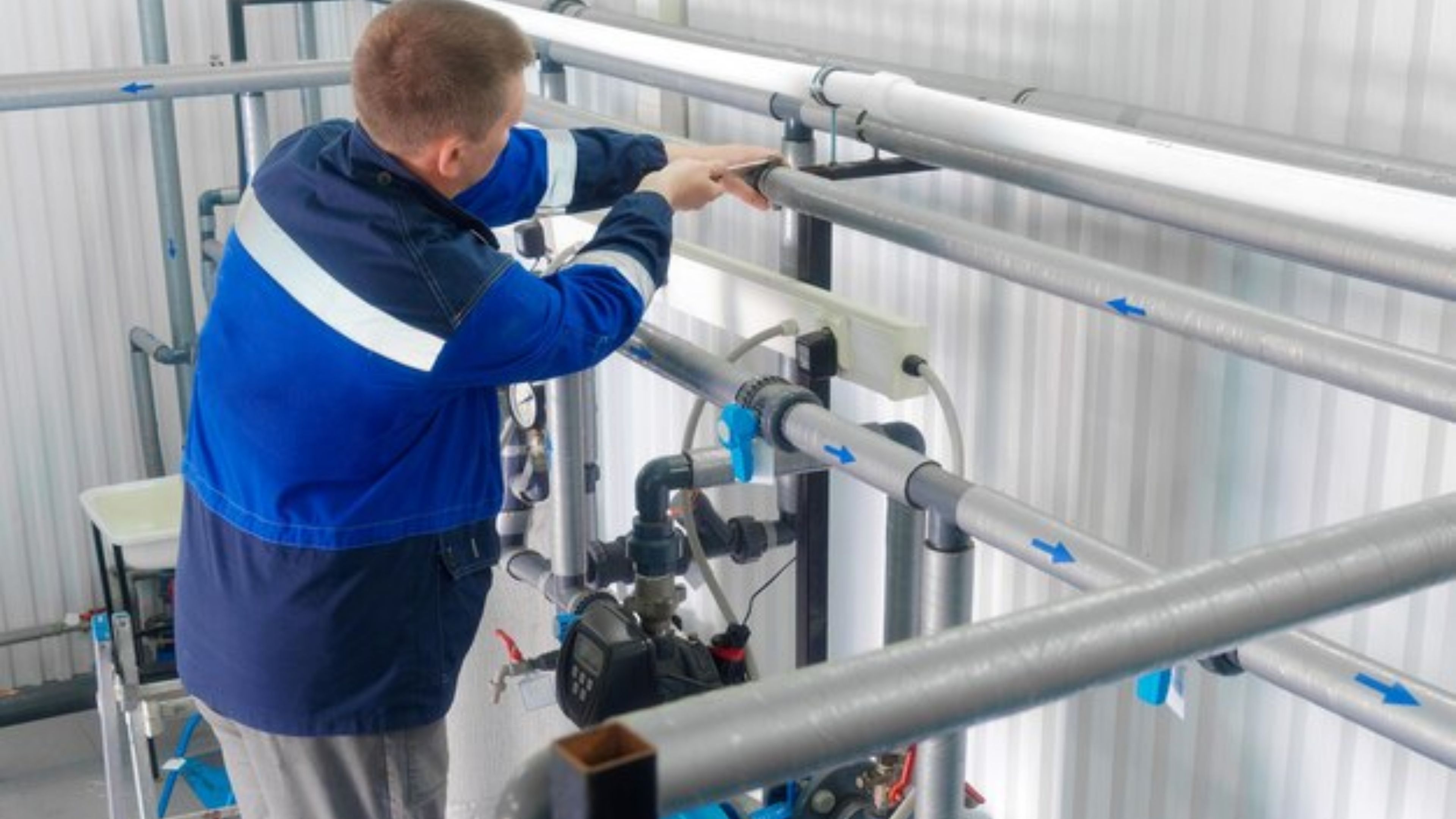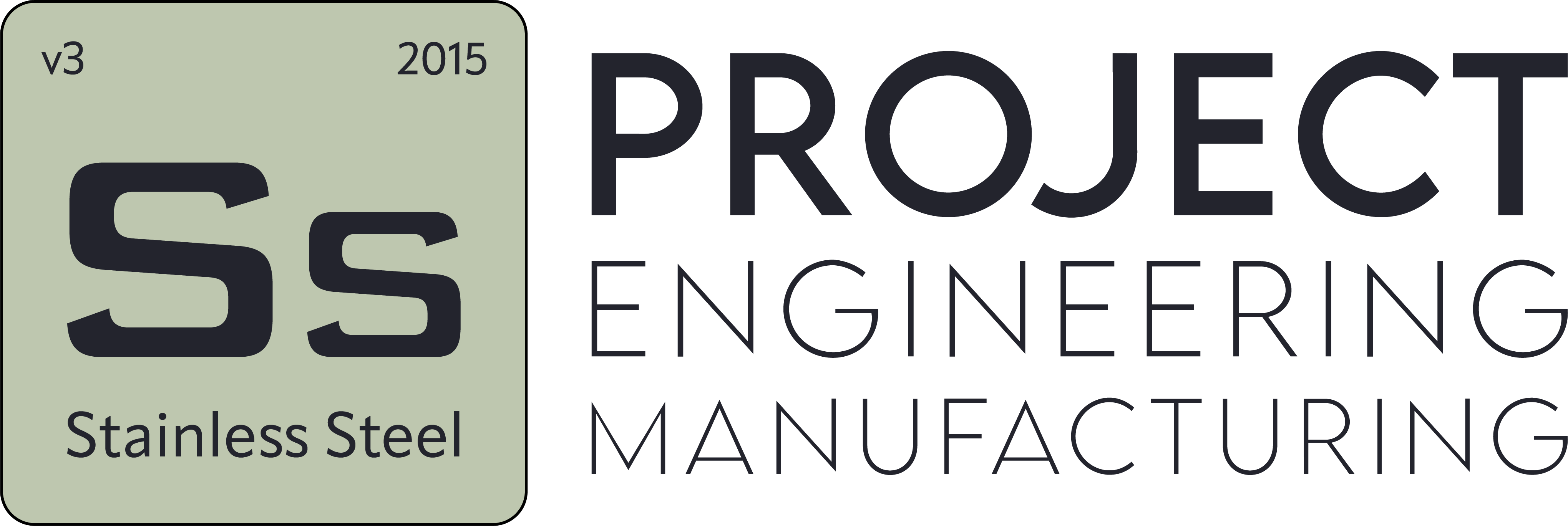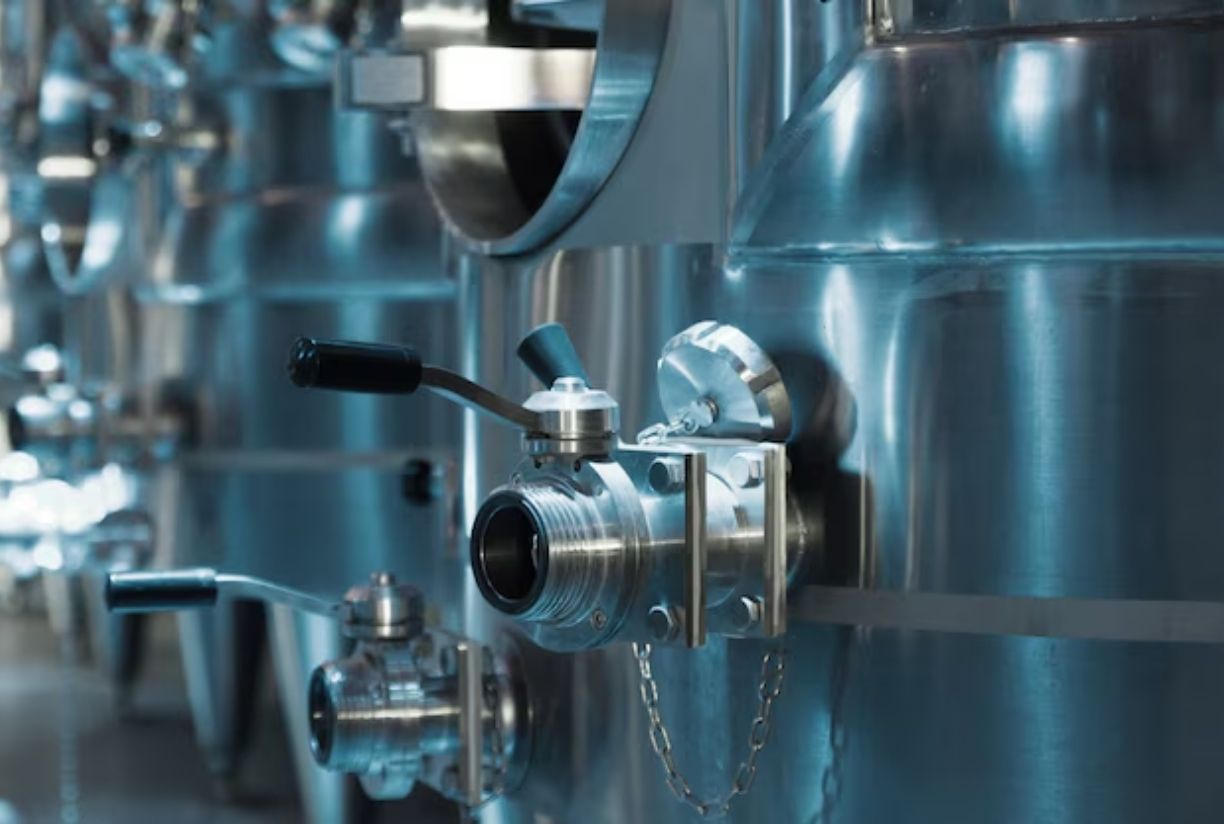CIP & SIP Applications in Food and Pharmaceutical Industry: 2025 Trends
- Blog
- CIP & SIP Applications in Food and Pharmaceutical Industry: 2025 Trends
CIP & SIP Applications in Food and Pharmaceutical Industry: 2025 Trends
In the food and pharmaceutical sectors, hygiene and sanitation are among the most critical elements of product quality. The CIP (Cleaning in Place) and SIP (Sterilization in Place) applications used in these industries play a vital role in enhancing the efficiency of production facilities and ensuring product safety. As we approach 2025, understanding how these applications will evolve and what new trends will emerge in the industry is of great importance. At Ss Proje, we closely monitor industry developments and provide facilities with high-efficiency principles and sustainable solutions.
What Are CIP and SIP, and Why Are They Important?
CIP (Cleaning in Place) and SIP (Sterilization in Place) applications are automated systems used in production facilities for the cleaning and sterilization of equipment. CIP enables in-place cleaning of systems without external intervention, while SIP performs sterilization on-site. These applications are particularly vital in the food and pharmaceutical industries to minimize microorganism risks and maintain product quality.
As we reach 2025, CIP and SIP applications are expected to become more customized and efficient. Solutions based on advanced technology, focusing on energy efficiency and sustainability innovations, will make these processes more reliable and environmentally friendly. At Ss Proje, we follow industry advancements and deliver efficient solutions based on the latest technologies to facilities.
What Innovations Are Expected in CIP and SIP Systems in 2025?
Entering 2025, anticipated innovations in CIP and SIP systems include technologies that are faster and more energy-efficient. These innovations will enable systems to operate in less time and consume fewer resources, thereby reducing costs for facilities. With smarter systems, monitoring and managing cleaning and sterilization processes will become significantly easier.
Among these innovations are digitalization and IoT (Internet of Things)-based solutions. This will allow CIP and SIP systems to be monitored in real-time, with system failures detected earlier. At Ss Proje, we aim to provide high efficiency to facilities in the food and pharmaceutical sectors by developing sustainable solutions based on these technologies.
How Can Energy Efficiency Be Improved in CIP and SIP Applications?
Energy efficiency in CIP and SIP systems is a key factor in both processes. These systems can require high energy and water consumption, but new technologies and improvements can enhance energy efficiency. By 2025, these processes are expected to be optimized to operate with less energy. Using smart sensors and data analytics, only the necessary amount of energy and water can be utilized.
Energy recovery methods will also become a significant trend. Recovering heat used in CIP and SIP processes will become a widespread method for achieving energy savings. At Ss Proje, we aim to provide facilities with sustainable and cost-effective systems through innovative solutions to enhance energy efficiency.

Digitalization and IoT Integration in CIP and SIP Systems
The digitalization of CIP and SIP applications has become a major trend in the food and pharmaceutical sectors. CIP and SIP systems integrated with IoT technology offer real-time data collection and monitoring capabilities. This enables facility managers to monitor cleaning and sterilization processes more effectively.
In 2025, this digitalization process is expected to advance further. With AI (Artificial Intelligence)-supported analytics, cleaning and sterilization processes will be further optimized. At Ss Proje, we closely follow developments in digitalization to provide solutions that ensure facilities operate more efficiently.
Why Is Hygiene Important in the Food and Pharmaceutical Sectors?
In the food and pharmaceutical sectors, hygiene is a critical factor in maintaining product quality and ensuring consumer safety. CIP and SIP applications are among the most effective methods for meeting these hygiene standards. By 2025, hygiene standards are expected to become even stricter and supported by technological solutions.
CIP and SIP systems prevent microorganisms from contaminating production processes, ensuring product safety. These applications allow every piece of equipment in the production line to be cleaned and sterilized, minimizing the risk of cross-contamination. At Ss Proje, we provide hygiene solutions tailored to the industry, enabling facilities to produce safe and high-quality products.
How Can Sustainability Be Achieved in CIP and SIP Systems?
Sustainability is one of today’s most important trends, and CIP and SIP applications play a significant role in this area. Energy efficiency, water conservation, and waste management are core components of sustainable CIP and SIP systems. By 2025, environmentally friendly and sustainable systems are expected to become more widespread in the industry.
Strategies such as recycling water used in CIP and SIP applications, utilizing energy-efficient equipment, and minimizing chemical use will be crucial for sustainability. Ss Proje develops environmentally friendly and sustainable solutions, helping facilities use natural resources efficiently.
Technological Innovations Used in CIP and SIP Systems
Technologies used in CIP and SIP systems significantly enhance the efficiency and accuracy of processes. In particular, automation systems and smart sensors enable more precise and effective management of cleaning and sterilization operations. By 2025, new technologies in CIP and SIP systems are expected to reduce labor requirements and increase operational efficiency.
These technologies will include artificial intelligence and machine learning. This will allow real-time performance analysis of systems and determination of the most efficient cleaning/sterilization processes. Ss Proje leverages these innovations to provide solutions that ensure facilities operate more efficiently and sustainably.
Automation of CIP and SIP Systems: Increased Efficiency
Automated CIP and SIP systems deliver far more efficient results compared to manual cleaning and sterilization processes. By 2025, the use of automated systems is expected to become even more widespread. These systems provide time savings and enhance process safety by eliminating human error.
Automated systems are particularly important in the food and pharmaceutical sectors, where hygiene must be continuously monitored. These systems reduce environmental impact by using less water and energy. At Ss Proje, with a specialized team in the design and installation of automated CIP and SIP systems, we offer facilities innovative solutions.
Compliance of CIP and SIP Applications with Legal Regulations
Compliance of CIP and SIP applications with legal regulations in the food and pharmaceutical sectors is of critical importance. By 2025, industry regulations are expected to become even stricter. The documentation and auditing of hygiene and sterilization processes provide assurance for both producers and consumers.
At this point, comprehensive reporting and monitoring systems come into play to prove that CIP and SIP systems operate correctly and reliably. At Ss Proje, we offer CIP and SIP solutions designed to international standards and compliant with legal regulations, facilitating facilities’ compliance processes.
Advanced Monitoring and Data Analysis in CIP and SIP Systems
In 2025, monitoring and data analysis processes in CIP and SIP systems are expected to reach more advanced levels. Solutions supported by IoT (Internet of Things) and artificial intelligence will enable real-time monitoring of every stage of the systems. These advancements will make cleaning and sterilization processes more efficient.
Through data analysis, any disruptions in the processes will be instantly detected and addressed quickly. System performance will be continuously monitored, and necessary optimizations will be implemented. Ss Proje uses such data-driven solutions to continuously improve the performance of facilities.
Training and Personnel Competency in CIP and SIP Systems
For CIP and SIP systems to operate effectively, proper training of personnel is of great importance. With evolving technologies, personnel must be knowledgeable about how these systems function. By 2025, as CIP and SIP systems become more complex, training processes are expected to become more comprehensive and conducted through digital platforms.
Training should cover not only the correct use of systems but also their maintenance and repair. At Ss Proje, we place great emphasis on personnel training, offering comprehensive training programs to ensure facilities use the systems most efficiently.
Future Potential Application Areas of CIP and SIP Systems
By 2025, the application areas of CIP and SIP systems are expected to expand further. Beyond the food and pharmaceutical sectors, these systems are predicted to be effectively utilized in fields such as biotechnology, cosmetics, and chemicals. This expansion will enable CIP and SIP technologies to meet the hygiene and sterilization needs of more industries.
With the automation and digitalization of these systems, more businesses will invest in them in the future. At Ss Proje, we continue to offer innovative and sustainable CIP and SIP solutions tailored to the needs of various industries.


